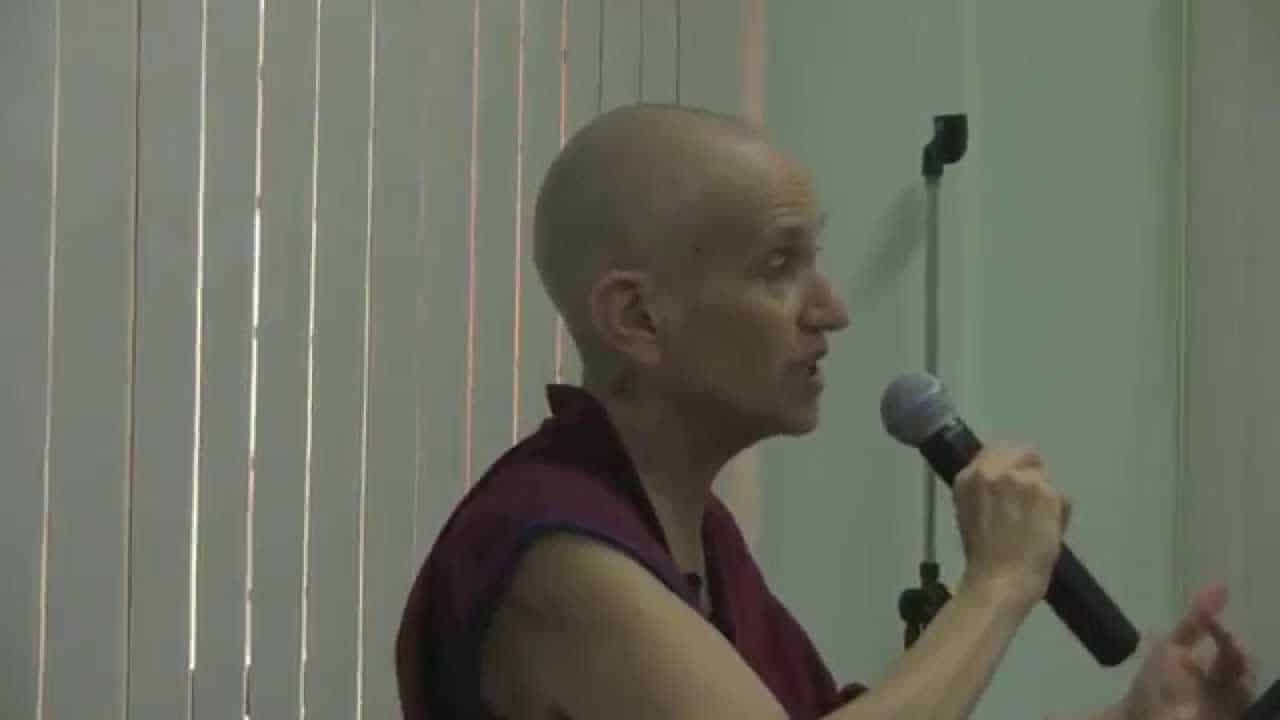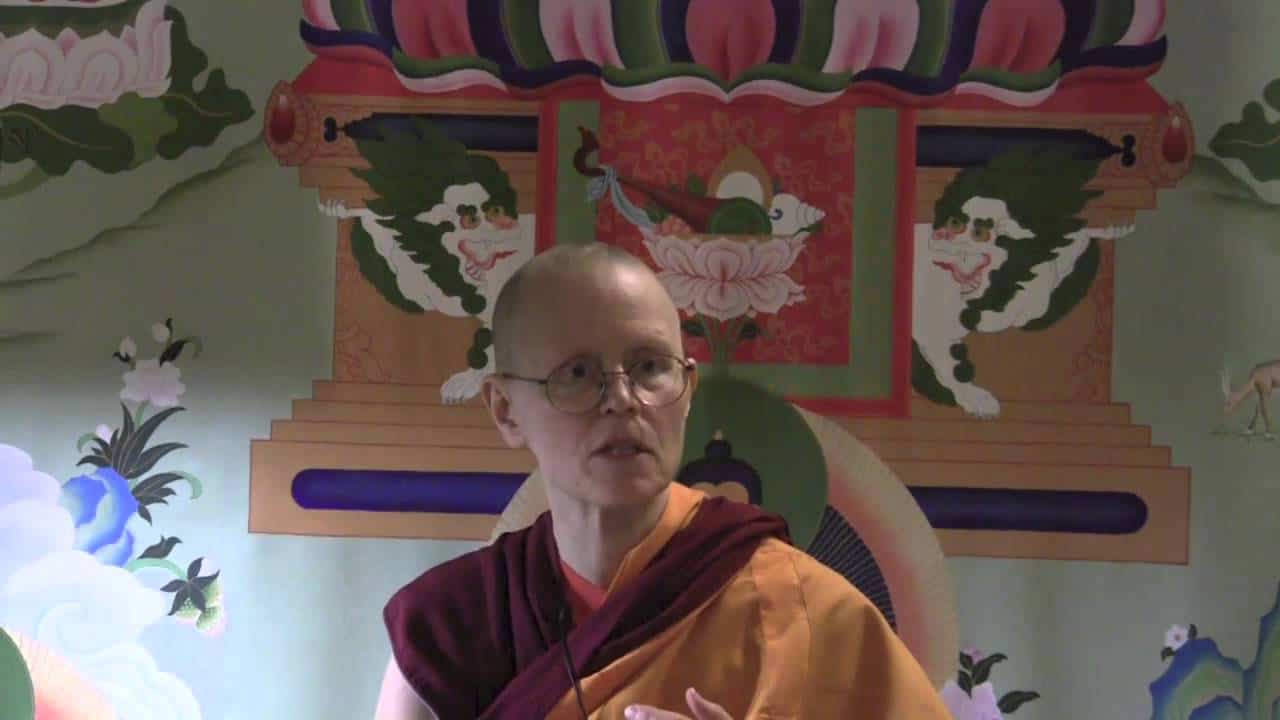Quiz: Aryadeva’s “400 Stanzas” Chapter 11

Venerable Thubten Chodron has put together the questions below for a review of Chapter 11: Refuting truly existent time. Review begins with the December 25th talk and continues in the January 1st talk. Study up!
- Why must things that are caused be impermanent? Why must things that have effects be impermanent?
- Why must things that are caused lack inherent existence?
- What does it mean to say that a thing arises, abides, and ceases simultaneously?
- What is the zhigpa of a pot?
- Why do the Sautrantikas, Cittamatrins, etc. say the zhigpa of a pot and a future pot are permanent?
- How do Prasangikas define future pot, present pot, past pot?
- Why does the future pot exist first, then the present pot, and later the past pot?
- Is a future pot a pot? Is a present pot a pot? Is a past pot a pot? Why or why not?
- What is an affirming negative? What is a non-affirming negative?
- Explain why the past pot and the future pot are affirming negatives. What does each one affirm? What does each one negate?
- Relate this discussion to your past life, present life, and future life. Is all of your present life occurring in the present?
- What is the future in relation to the pot? What is the past in relation to the pot? Are they the same as the past pot and the future pot? Which one happens first?
- Does the present pot exist in the future pot? Does the past pot exist in the future pot or in the present pot?
- How does this discussion about the zhigpa of actions, future results, etc. relate to karma and its results? Explain how a karmic action brings its result in a future lifetime according to this discussion.
- What are the disadvantages of saying that the future and past are inherently existent?
Venerable Thubten Chodron
Venerable Chodron emphasizes the practical application of Buddha’s teachings in our daily lives and is especially skilled at explaining them in ways easily understood and practiced by Westerners. She is well known for her warm, humorous, and lucid teachings. She was ordained as a Buddhist nun in 1977 by Kyabje Ling Rinpoche in Dharamsala, India, and in 1986 she received bhikshuni (full) ordination in Taiwan. Read her full bio.


